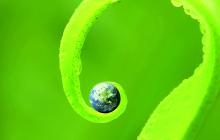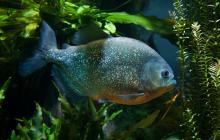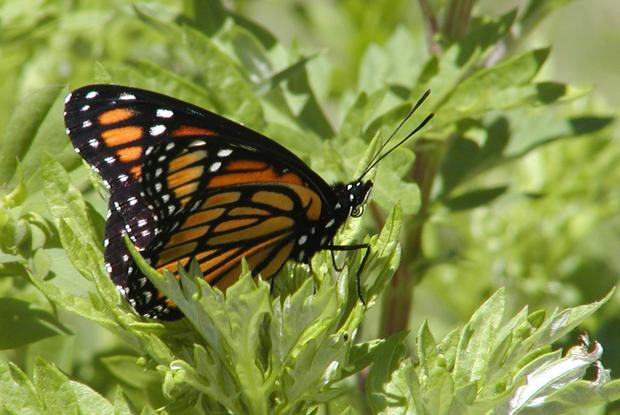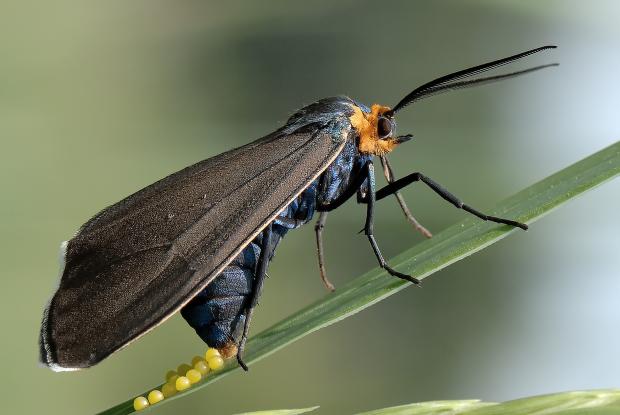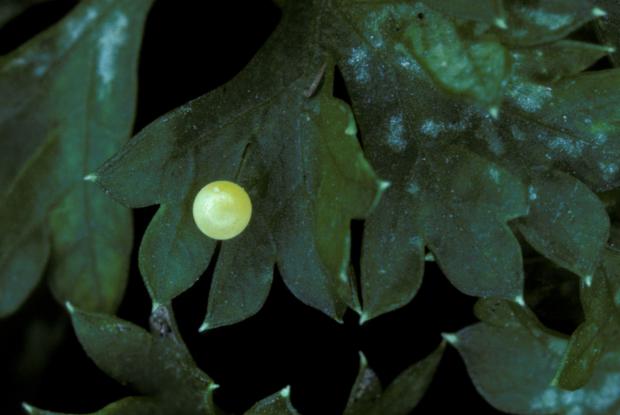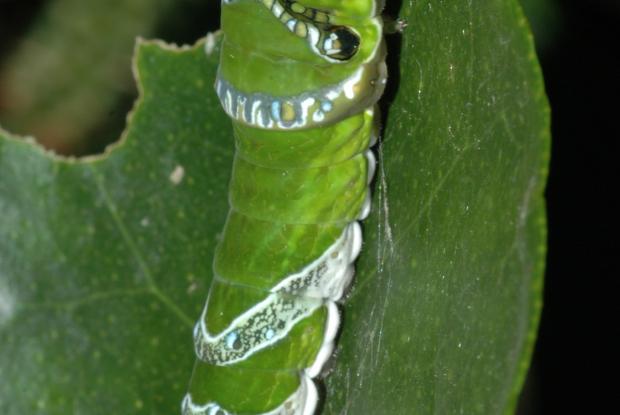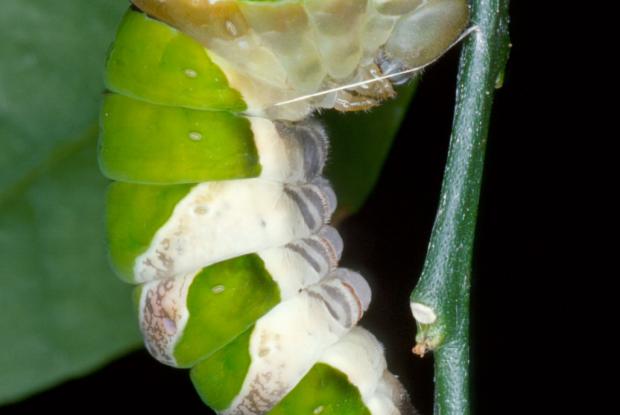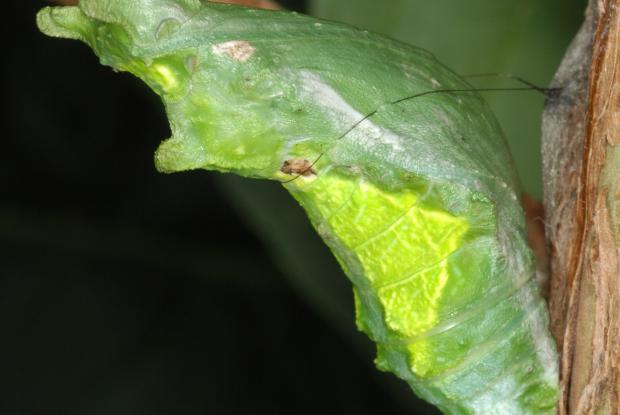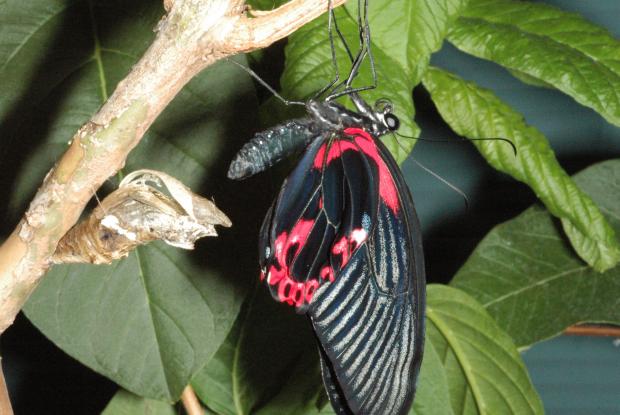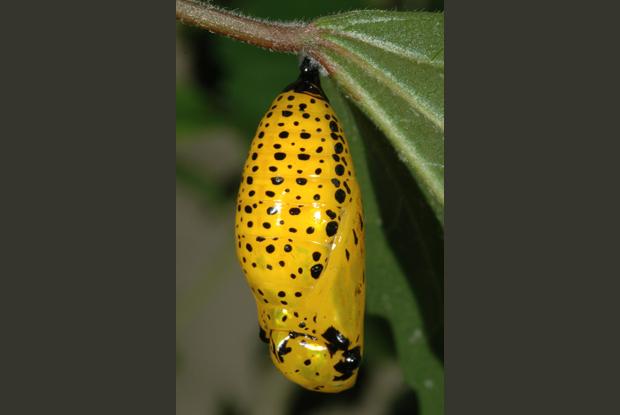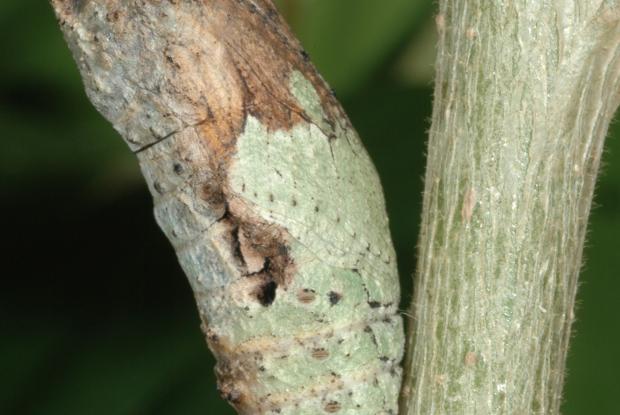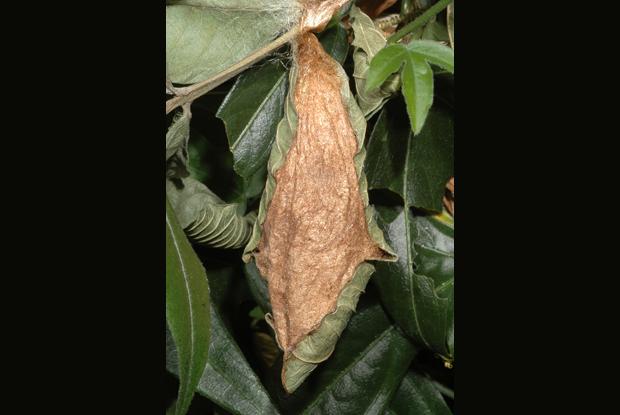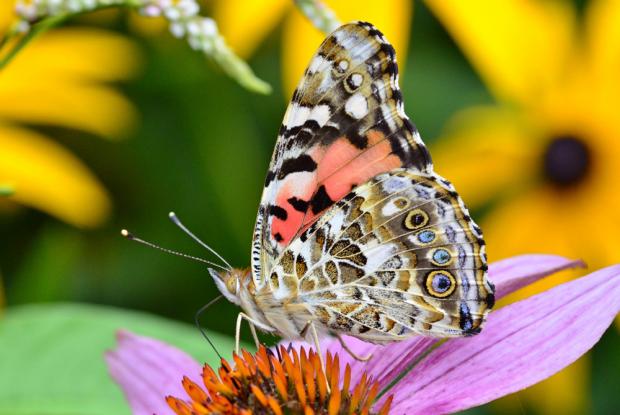Butterflies and moths are part of a large group known as Lepidoptera. Throughout the world, more than 157,400 known species belong to this order, 10 per cent of which are butterflies. In Quebec, there are more than 2,900 species of butterflies and moths.
Butterfly or moth?
In general, butterflies are more brightly coloured than moths. Their bodies are slender and hairless, while the bodies of moths are thick and hairy. The tips of butterfly antennae have small knobs called clubs. Moth antennae have different forms, sometimes featherlike.
The life of a butterfly
Butterflies and moths undergo a complete metamorphosis. Their life cycle includes the egg, caterpillar, chrysalis and adult stages. Depending on species, eggs are laid either individually or as a group. To ensure a food source for its offspring, the female always lays eggs on a plant or plants associated with its species. These plants, known as host plants, are indispensable to butterflies and moths in order to complete their life cycle. They are the only source of food accepted by the caterpillar.



